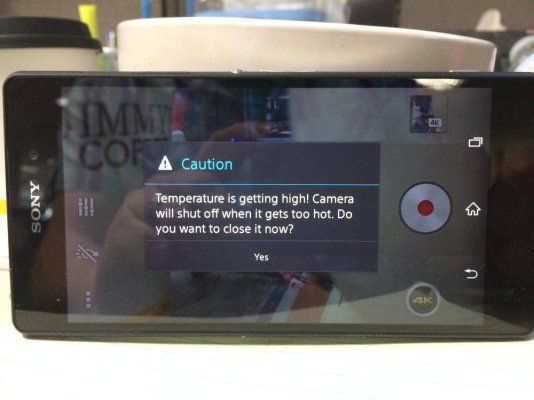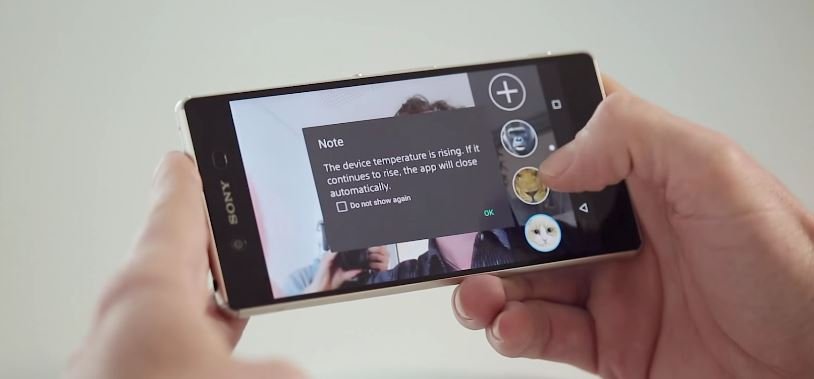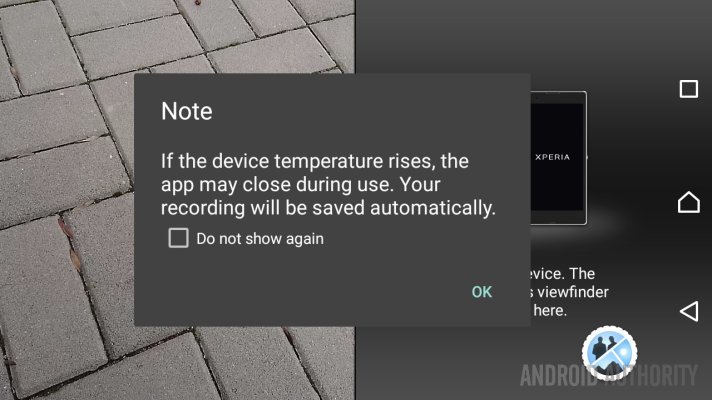OIS is there to avoid blurry photos, it cannot do anything in videos, only EIS can make a difference.
OIS and EIS are not competing solutions. They work in series. If your device has both, then you will get the best output.
OIS moves a lens element to compensate for your camera's movement, to keep what the sensor sees constant. This will help both photos and videos, especially in low light. On phones you can't really see the effect on wide lens, since it's more noticeable on higher zoom/longer lens where the shakiness is amplified. Wildlife photographers shooting animals from far away will benefit from it when shooting handheld.
OIS also helps videos,
without cropping in.
EIS crops in on whatever the sensor is seeing, and moves that frame around to make the video appear still. There's no reason to use this for photos - a single photo can't convey phone motion. You need a minimum of 2 photos to perceive any movement. If you want to keep an object centred in a photo, while the camera is shaking, for eg. on a boat, you can just take a photo and crop it later while maintaining max FOV.
The more EIS crops in on a video, the more stable the output can look.
EIS also needs a lot of CPU power to work, hence not seen on older/less powerful devices.
TLDR:
OIS: no crop, max FOV images/videos; can reduce blurring in low light photos/videos; hardware solution; can cancel up/down+left/right movement only
EIS: crops, lesser FOV image/videos; can't help in low light videos; software solution, needs CPU power; if implemented, can cancel out rotation as well
That said, given enough light and cropping headroom, EIS can outperfom OIS. Check out the
GoPro's awesome EIS



